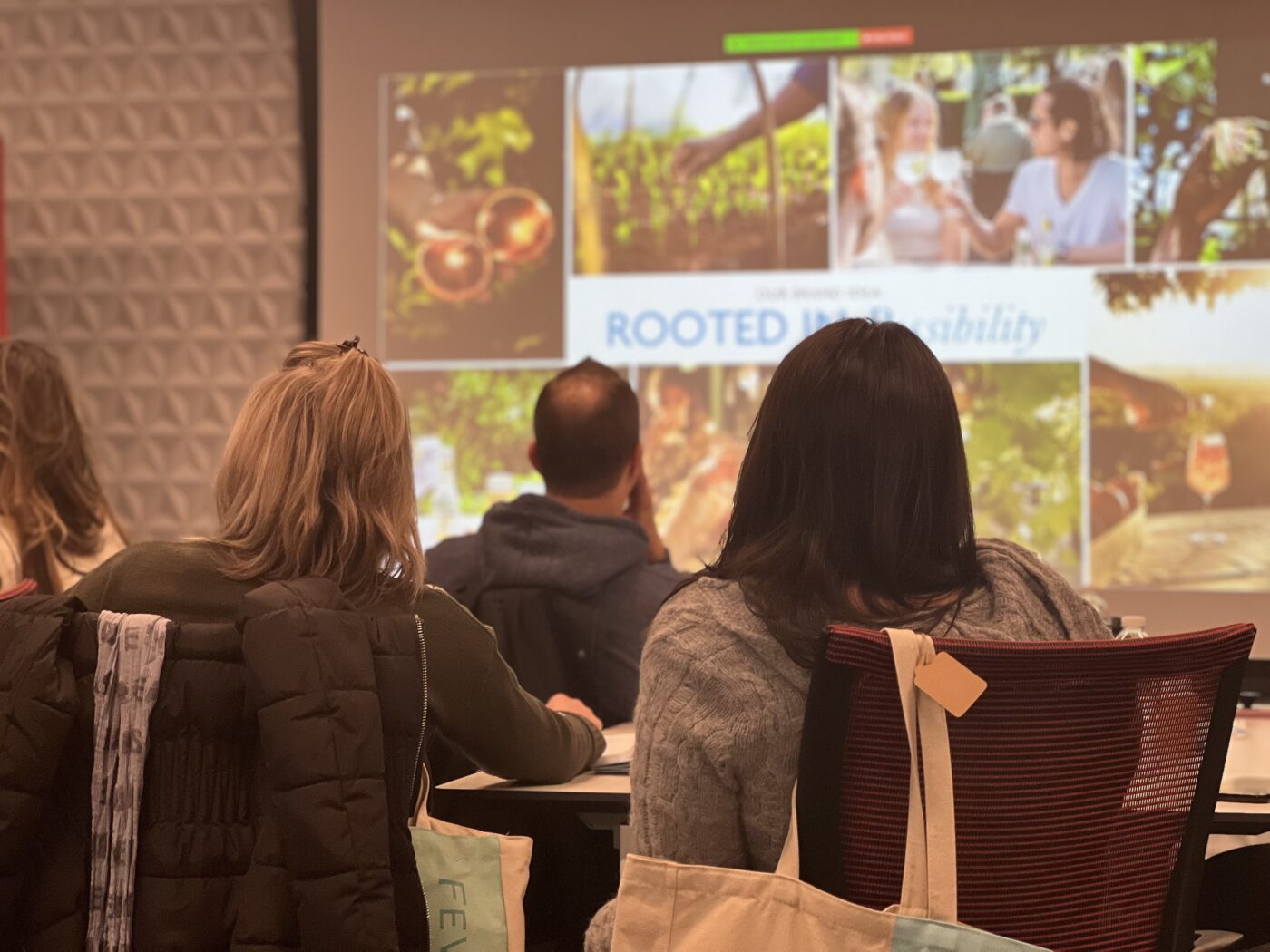A series that addresses the natural challenges and opportunities of being a human being inside the context of organizations
No company is perfect—after all, a company is just a collection of human beings who organize themselves in some fashion to deliver a desired (or often undesired) outcome. And, just maybe, your company isn’t as bad as you think. Instead, it might be that the humans who work there fall prey to unconscious tendencies that inhibit professional success and personal growth. But what if you could do something about it?
From our last installment (#7)
We provided some insight behind why people who come together to solve problems and make decisions invariable fail to align and commit, all for very humanistic reasons that are unavoidable—unless we recognize the triggers and install a new routine to manage through them. Hence the meeting ritual we recommended there.
If you missed this installment (7), click here to read: installment 7
Installment 8
Do you ever notice that there is consistently some tension between those that work in the global headquarters and those that work in the national office? Similarly, those that are in the national office often fail to connect with the field personnel working throughout the country, either remotely or from a satellite office.
When things go wrong, the most vociferous complaints (fingers pointing) are always about the people in the other office. And vice-versa.
What were they thinking?
Why don’t they just get on-board?
We built great plans, why don’t they execute them?
The home office is out of touch with the realities of the market.
Underscoring this point further, most engagement surveys reveal the lowest scores around one question in particular: people across departments and offices work together effectively to get stuff done; ironically, the same survey reveals that communication and collaboration within the same team is fine. It’s always the ‘other folks.’
Is it really? Or is this just another dysfunction that occurs when human beings experience gaps in ‘psychological distance’ manifested in the form of spatial, social, temporal, or experiential differences.1 It’s a variation on the ‘in versus out’ group dilemma and this is only compounded by the nature of hybrid working that is emerging in the future of work. As human beings, this challenge is unavoidable. It will happen, unless leaders become intentional on how to recognize it and take proactive steps to address it.
Yes, it does take time, requiring people and teams to effectively ‘slow down to speed up’ (one our favorite phrases), though the speed that emerges from taking that time far outweighs the results of aligned execution can be brilliant. It’s not about the other team and how difficult they may appear. Whenever we are talking to another person, the conversation is rarely a person-to-person dialogue; instead, it is a context-to-context discussion—one that is so rarely explored.2 Taking time to have the conversation about context allows dispersed teams to work more effectively together and ultimately accelerate their pace.
To bring this challenge more vividly to life, we often take clients and run simulations that divide them into teams to compete with one another to solve a particular performance challenge, then further divide each team into “management’ and “workers,” separating the two with just a wall. When you put management under time pressure and/or bury them with too much information, they will literally forget about their workers.
Management makes assumptions that the workers have the same information are clear on what to do and are both motivated and working diligently as they figure things out. It doesn’t occur to any member of management to go talk to the workers to get aligned, establish communication rituals, and involve them in the plan despite them only being a few steps away. This exercise is an eye opener for the leaders at all levels with whom we work. And it happens every time. Imagine if you are separated by an ocean, with different managers, different objectives, different backgrounds and biases, under pressure to show the value you can bring the organization, all while trying to manage the pandemic at home. Yikes.
When we poll clients that have global offices on their relationships with national offices around the world, invariably we find that so few have taken the time to have discussions about each other’s context: objectives, challenges, pressures, expectations, etc. People just don’t have the conversation, and this IS the root cause of the issue.
We just don’t have time for that sort of thing.
Besides, we can’t travel these days with the pandemic.
And everyone should just do their job.
Stop. These are self-created obstacles. And that doesn’t sound like a very cohesive team at all.
In fact, research suggests that most misunderstandings at work (same location or not) are a result of a misunderstanding. Someone did something that didn’t sit right, and we judge them as a result (fundamental attribution error) and everything they do going forward is cast through this lens, resulting in compounded disdain for that individual. We literally only see the negative parts (confirmation bias). Our lack of curiosity or willingness to take time (we are busy after all) to have the conversation compounds the problem, souring relationships and destroying productivity. But if we have the conversation, we find that what we saw them do perhaps was not their intention or perhaps they don’t perceive it the same way, due to their context. We can move on.
So, what should you do as leaders?
- Run an organizational or team-level diagnostic to test the health of the group. This will quickly point to areas of strength to leverage and gaps to close. It is quick, unobtrusive, and can be used as your benchmark as a leader over time. At your next performance review, just turn in these results.
- Bring people together (remotely or in-person) to have the conversation:
What is our overarching aim?
What are our roles in bringing this to life?
What expectations do you have for each other?
What are the key areas that require inclusive input and collaboration?
Importantly, what areas do not require that?
What rituals can you establish to review performance, check-in, learn together and move forward in an aligned manner?
These conversations need to be properly facilitated so take care to ensure that happens. Establishing the collective identity and the clarity that comes with it are vital.
Incidentally, think about the word ‘headquarters’—its meaning and implications: we do the thinking and you folks just go out and execute. Not an inclusive frame at all.
- Share your human stories. Leaders resist this as it feels too puerile. Have everyone answer four questions about their lives, each one increasing the levels of discomfort and vulnerability of those that tell it, builds immense levels of trust.
- Introduce a simulation within your leadership development andragogy that highlights the issue (like we do with our clients) so people can see (and feel) first-hand how this occurs even if you warn them it is going to happen in advance. They can’t avoid it. They de-brief the implications for their direct reports or colleagues. It’s fascinating that once you do de-brief it, you can run another simulation and it will happen again. Leaders simply don’t take the time to lead even when they consciously see the challenge. Leaders need a hack for this—and we have it.
This is just a start, though taking these steps will have profound consequences for your team and organization. As always, we at Perpetual are here for you should you need us.
May the force be with us all.
1Hamilton, Rebecca (2015). Bridging Psychological Distance. HBR, March issue.
2Oshry, Barry (2007). Seeing Systems: unlocking the mysteries of organizational life. San Francisco, CA. Berrett-Koehler Publishing.










